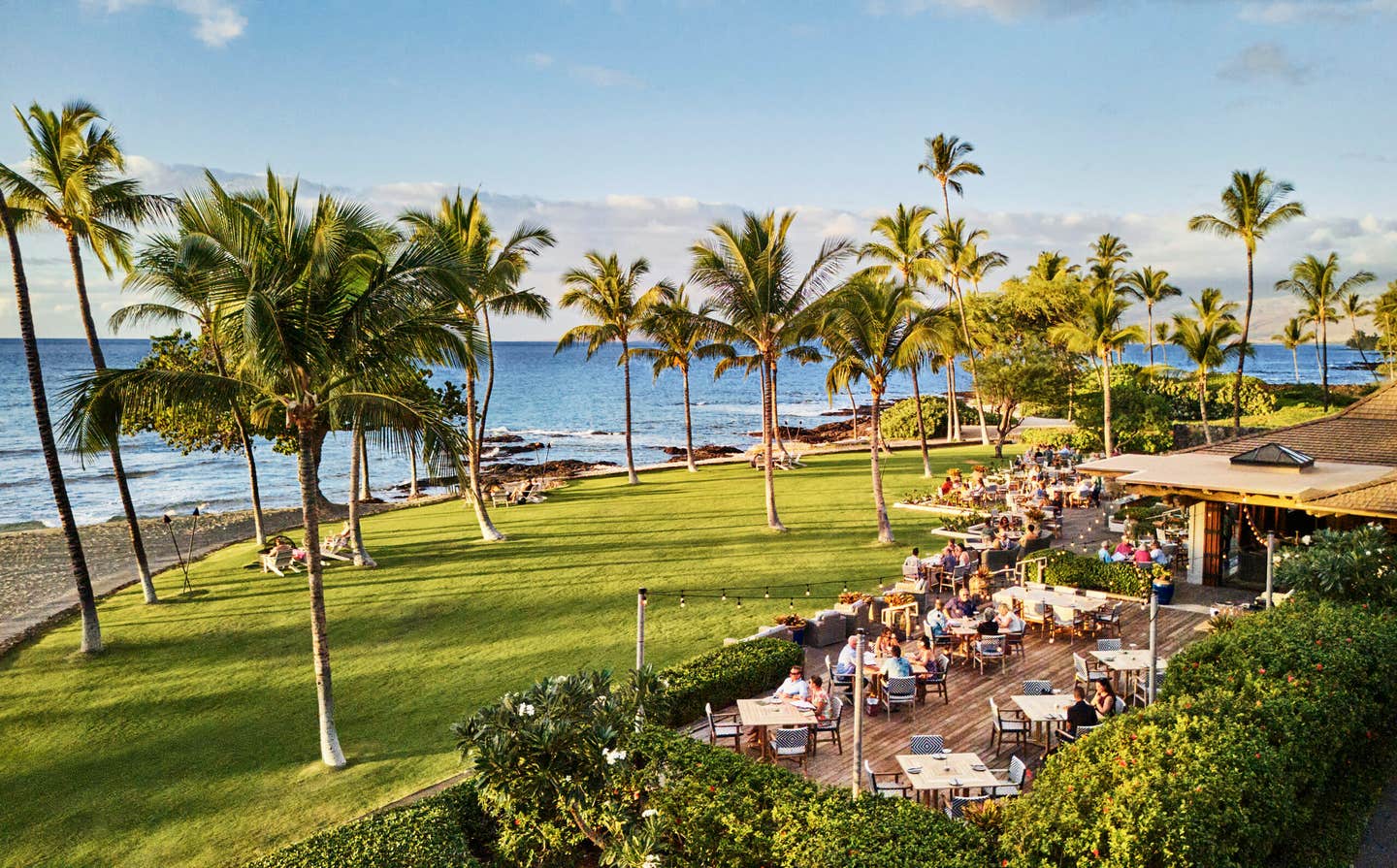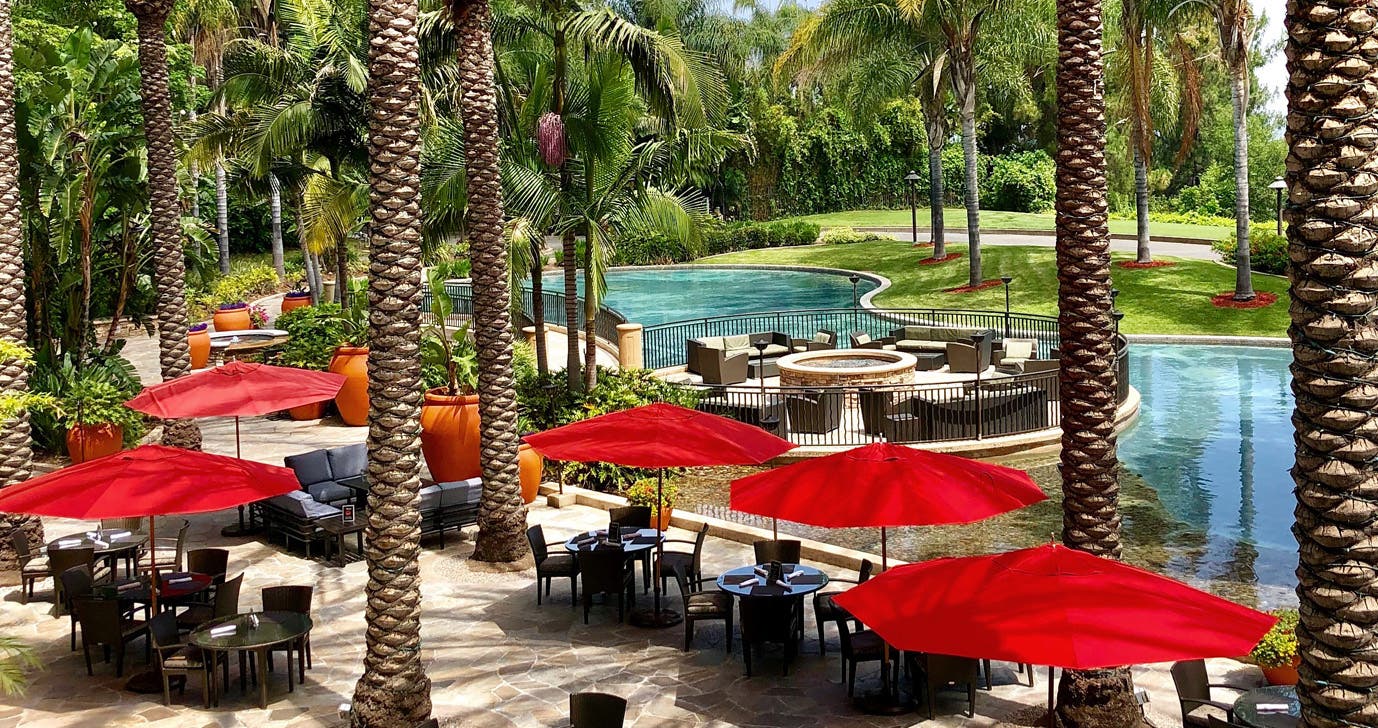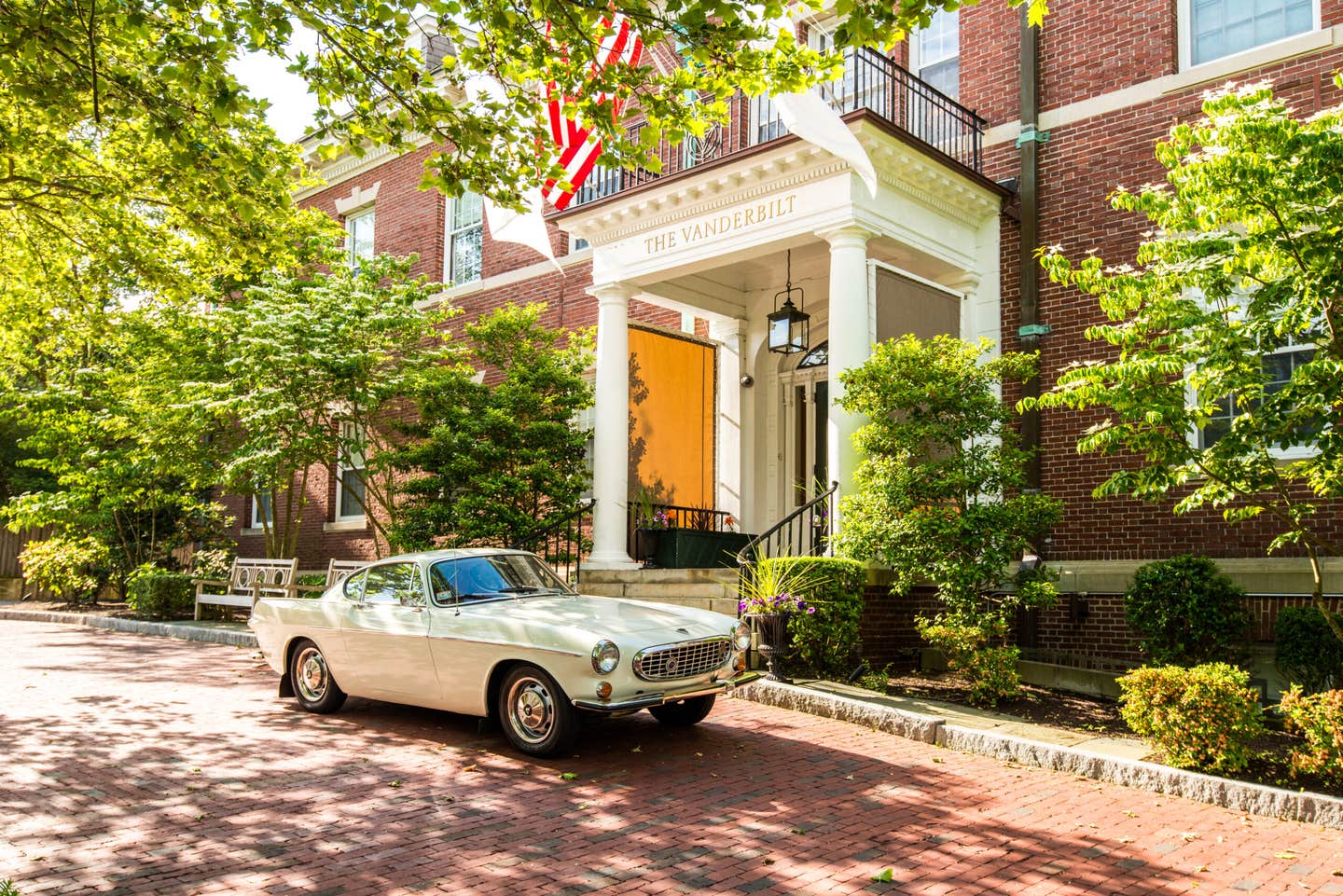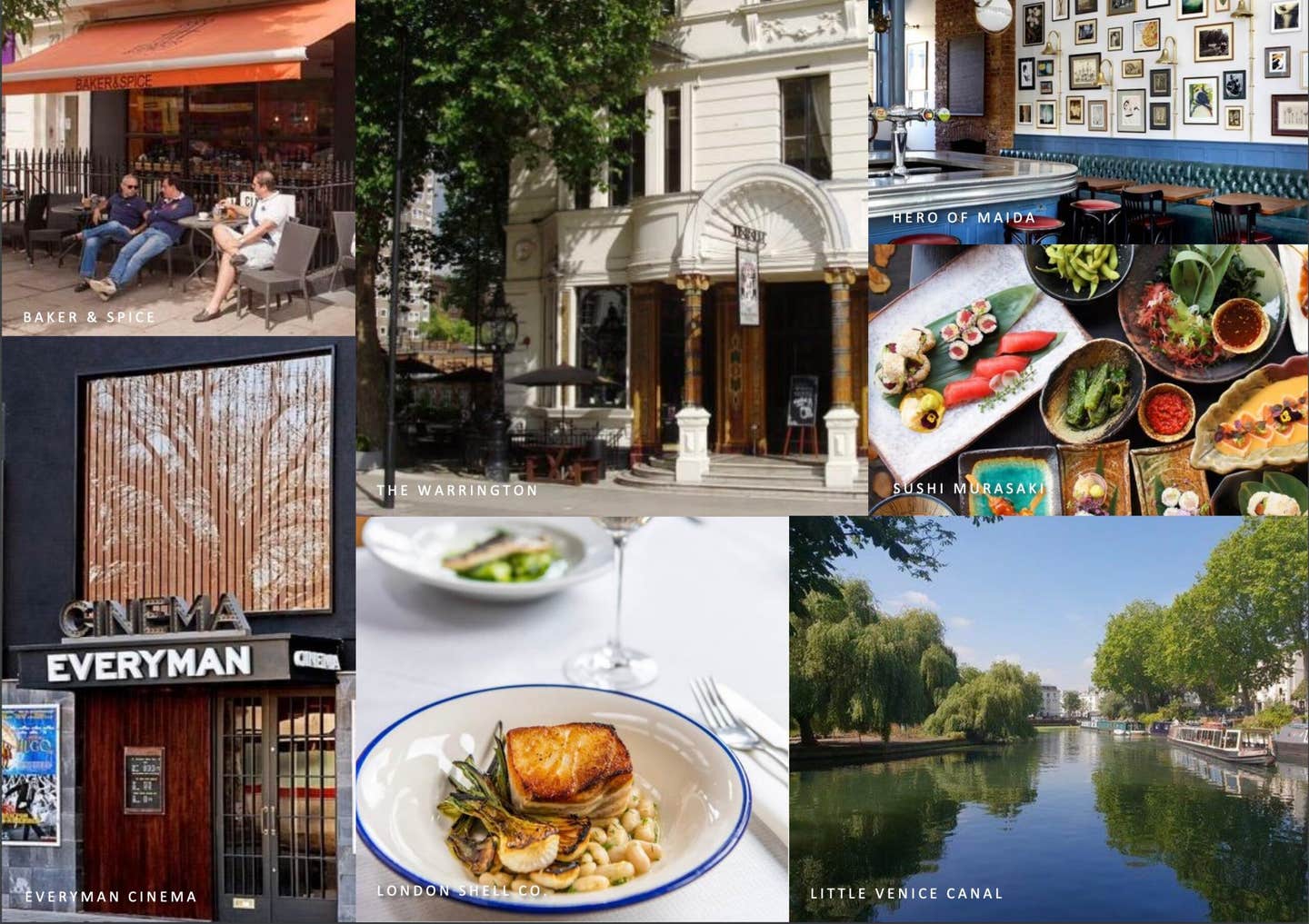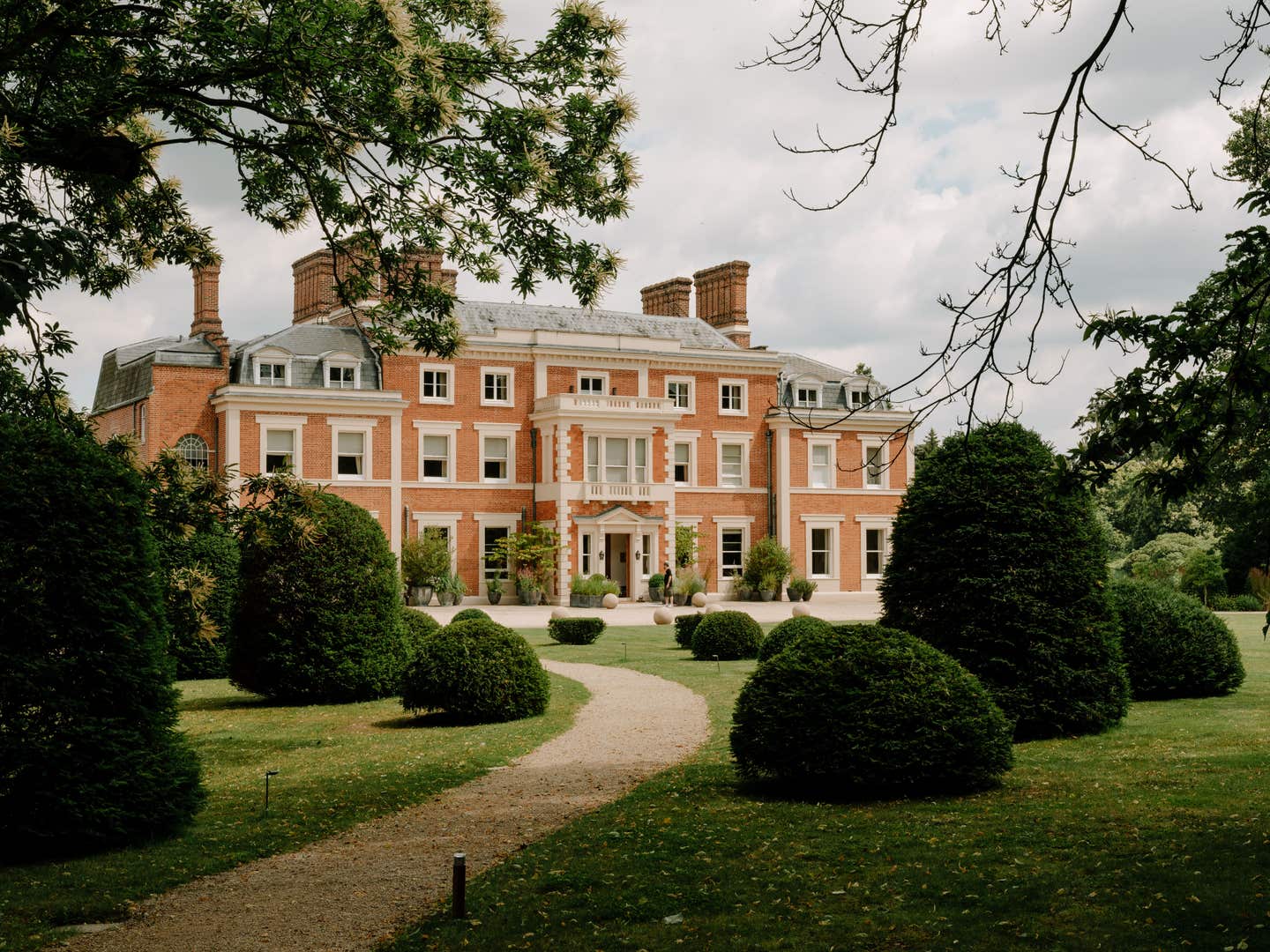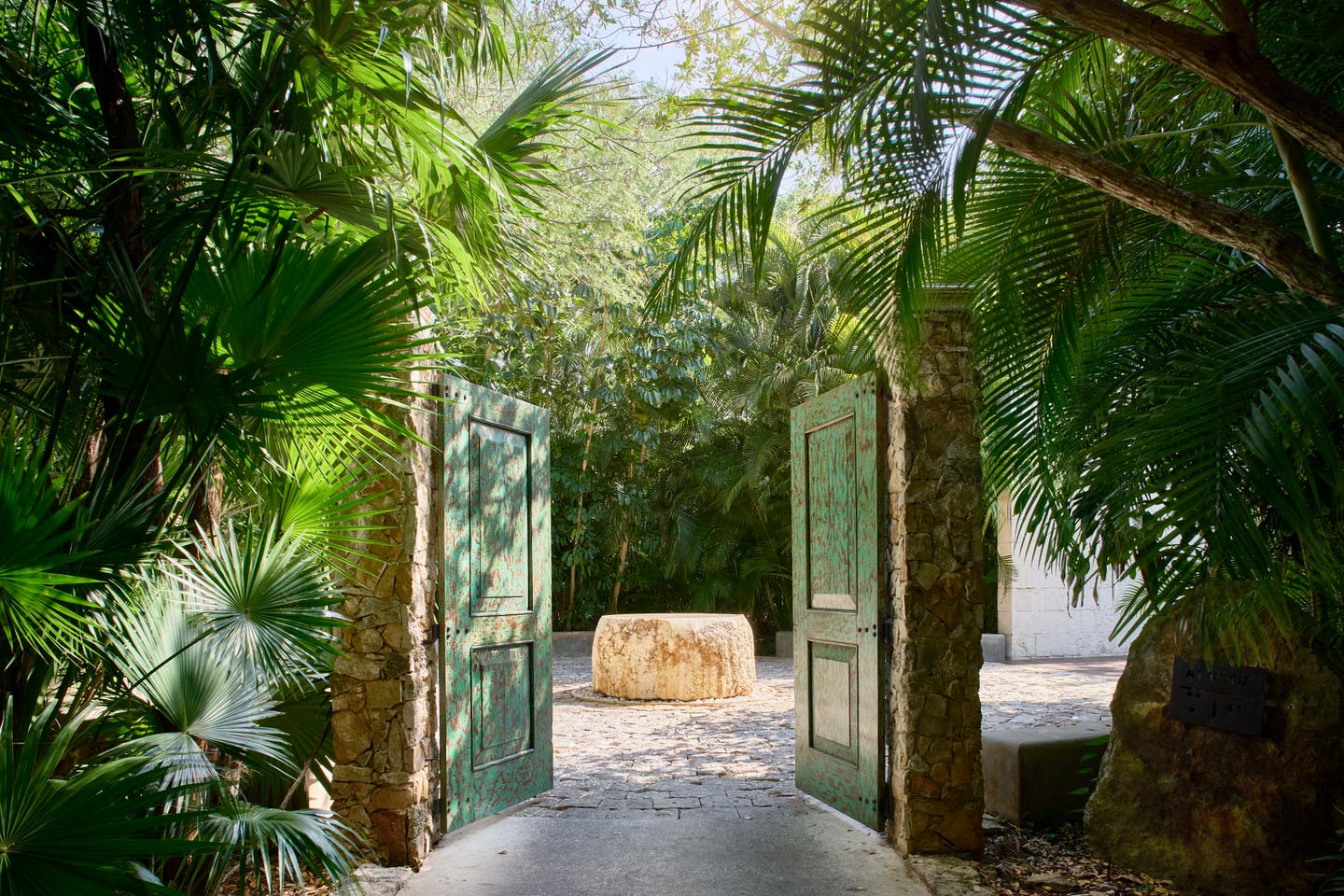Volcanic Santorini: a Cliffside Stay with Fantastic Food
I’ve long been intrigued by the volcanic wines of Santorini. Take a tour of the wine blogs, and you’ll hear about their complexity, with tastes of citrus, flint-stone, jasmine, honey and toast. You’ve also heard, most likely, that that Santorini is a place of two things: the young, carousing in the hip bars in Oia and Fira, and the old, day-trippers who flood the streets, buying trinkets and never straying too far from the shuttle back to their cruise ship. Last month, I decided to find out myself and lucked into Grace Hotel.
I’ve long been intrigued by the volcanic wines of Santorini. Take a tour of the wine blogs, and you’ll hear about their complexity, with tastes of citrus, flint-stone, jasmine, honey and toast. You’ve also heard, most likely, that that Santorini is a place of two things: the young, carousing in the hip bars in Oia and Fira, and the old, day-trippers who flood the streets, buying trinkets and never straying too far from the shuttle back to their cruise ship. Last month, I decided to find out myself and lucked into Grace Hotel.
One of the Auberge Resorts Collection, it has that Cyclades spill of structures built into the cliff and, yes, it’s spang in front of that priceless view. What surprises most is how otherworldly it is, possibly one of the most beautiful places you’ll ever see. Right in front is the volcano, its center submerged, with just the tips of its rock walls jutting out as islands in the endless blue. Legend even has it that this was once Atlantis which, somehow, doesn’t seem that hard to believe.
The staff says no two days are the same. Shreds of mist drift by in the morning. When I’m there with my partner, wind scuttles white caps in the bay. In our suite, the casements bang, and the plunge pool sloshes. Our room is down the hill, next to a hiking trail up Skaros Rock, an imposing promontory once used as a fortress. A very Greek-looking chapel is outside, white with blue windows to keep out the evil spirts, and a weathered locked door. In this Age of Instagram, the round roof proves irresistible to a bride, trailing her photographer, as she and her guy clamber up, only to have her hair fluffed by the wind and the hem of her dress blown over her face as her new husband leans in for a kiss.
One afternoon we go to Pyrgos, a little town slightly inland, that seems closer than tourist-thronged Oia and Fira to the real Greece. We walk the steep path between white houses up to the church and castle, and see lots of fluffy inquisitive cats. The Greeks love their felines, as we learn; with almost every turn, we see a little bowl of water and food laid out for a snack.
On the way up, the famous grapevines crowd every single backyard. We ask the taxi driver, and he tells us some are leased by the wineries, and others are for homemade wine. The vines here not staked; because of the wind, they grow in a sinuous circle and close to the ground.
We brave Fira that night, having a stellar moussaka at a place called Argos, and perhaps too much ouzo. After dinner, we weave all the way back to Grace on a winding sea path, the yellow moon hanging above us, and the white cave houses glowing in its light.
The next morning we hole up at Grace because, well, the breakfast is spectacular, a multi-course parade of Greek yogurt—way different than the kind you find here, just better—a round ratatouille omelet, lemon tarts and bowls of hot coffee—next to the infinity pool. The whole hotel is a fantastic place to talk and think. You can pretend you’re a lighthouse keeper with all the sea at your feet.
Grace Hotel is pretty much built for mountain goats with precipitous flights that seem almost vertical, but that’s part of its charm. The staff are full of welcome; they seem prepared for everything, the bellmen lifting your fifty pound bag on their shoulders, Sherpa-like, and scampering ahead like it’s nothing at all.
That night we try Varoulko, the gorgeous white hotel restaurant. Lefteris Lazarou, the executive chef, is not in, but we’re in good hands with the head chef, who apprenticed with Lefteris when he was just thirteen. This head chef is shy, we’re told, and speaks through his food.
The menu is uber local and all about the “previously snubbed fish and crustaceans” which Lefteris Lazarou, the first Greek chef to receive a Michelin star, has famously incorporated into fine dining.
There’s a succulent red shrimp tartare, curled in on itself over a slice of spinach pie. There’s another version with red mullet, black current and bottarga. My favorite thing is the sea bream with a slice of toast replacing its skin. There’s something about that change in texture from the crackle you’d expect, to the soft flesh of the fish against the even crunch of the toast that is positively addictive.
I also love the long black-ish baguettes, which turn out to be made with carob and are an island specialty. They are paired with the “best Kalamata olives in Greece” (true) and a surprisingly delicious tomato paste subtly flavored with—wait for it—vanilla.
The dessert is a shiny dome that cracks into a mousse and a sorbet that tastes startlingly of fresh pears. My partner has a lemon cream with ginger and tonka ice cream. Served throughout are those volcanic wines of the island, Gramina and Argyros. When you drink them, you have a sense of those wind-swept stones and the swirled vines on the hill.
At the end of the meal, I peek into the kitchen to tell the chef how much I enjoyed his food. He ducks his head down and thumps his hand over his heart. It seems just about right in this unusual place, a cliffside aerie of grace.
More Edible Explorer:
